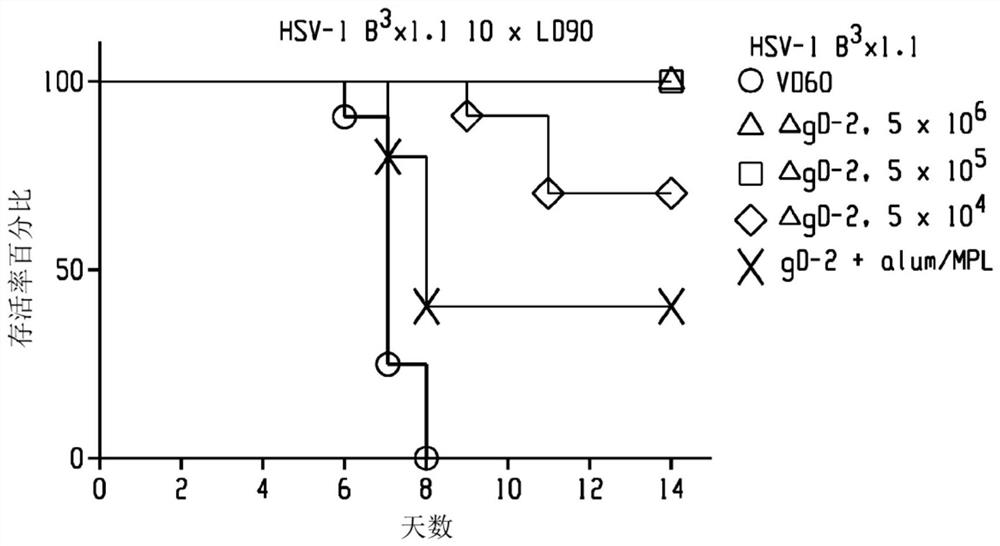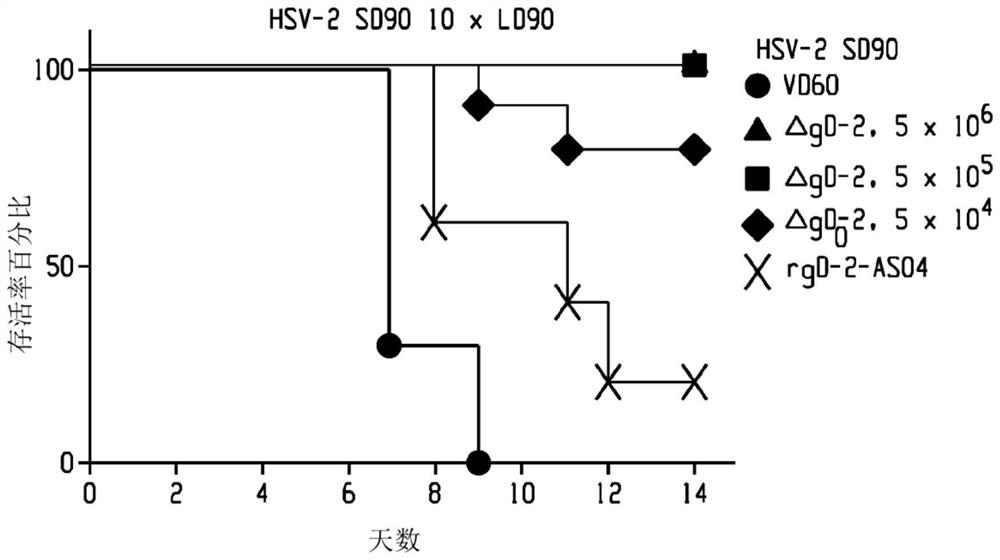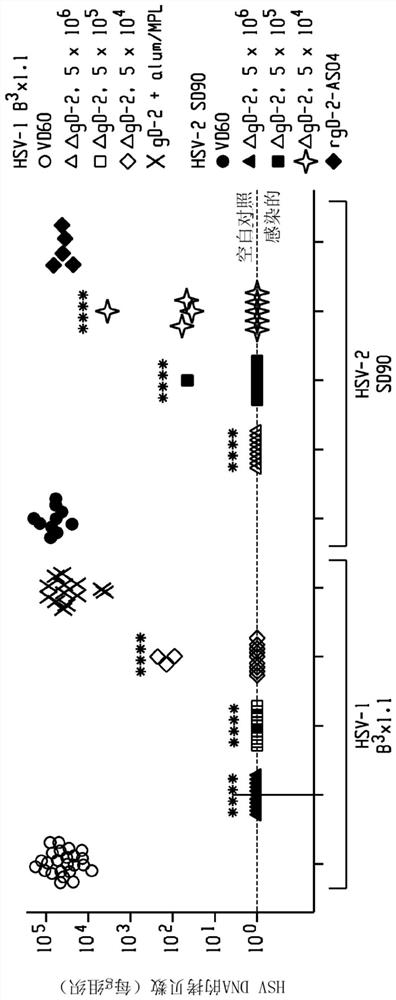Method of enhancing antibody-dependent cell-mediated cytotoxicity (ADCC)
An antibody-dependent, cytotoxic technology, applied in the direction of receptors/cell surface antigens/cell surface determinants, antibodies, antibody medical components, etc., can solve the problem of no observed HSV-2 disease protection
- Summary
- Abstract
- Description
- Claims
- Application Information
AI Technical Summary
Problems solved by technology
Method used
Image
Examples
Embodiment approach 1
[0165] Embodiment 1: A method of preferentially enhancing antibody-dependent cell-mediated cytotoxicity (ADCC) antibody responses to a vaccine against an infectious agent in a subject, the method comprising administering to a subject receiving the vaccine A subject is administered an amount of a herpesvirus entry mediator (HVEM) agonist, a tumor necrosis factor superfamily-14 (TNFSF-14) agonist, or a combination thereof effective to enhance an ADCC antibody response in said subject.
Embodiment approach 2
[0166] Embodiment 2: A method of enhancing the antibody-dependent cell-mediated cytotoxicity (ADCC) activity of a vaccine against an infectious agent that elicits a neutralizing antibody response, the method comprising introducing the A subject of a vaccine against an infectious agent is administered an amount of a herpesvirus entry mediator (HVEM) agonist, a tumor necrosis factor superfamily-14 (TNFSF-14) agonist, or a combination thereof, to induce in said subject Effectively enhance ADCC activity.
Embodiment approach 3
[0167] Embodiment 3: The method of Embodiment 1 or Embodiment 2, wherein the HVEM agonist comprises a tumor necrosis factor superfamily 14 (TNFSF-14) protein or a portion thereof.
PUM
 Login to View More
Login to View More Abstract
Description
Claims
Application Information
 Login to View More
Login to View More - R&D
- Intellectual Property
- Life Sciences
- Materials
- Tech Scout
- Unparalleled Data Quality
- Higher Quality Content
- 60% Fewer Hallucinations
Browse by: Latest US Patents, China's latest patents, Technical Efficacy Thesaurus, Application Domain, Technology Topic, Popular Technical Reports.
© 2025 PatSnap. All rights reserved.Legal|Privacy policy|Modern Slavery Act Transparency Statement|Sitemap|About US| Contact US: help@patsnap.com



